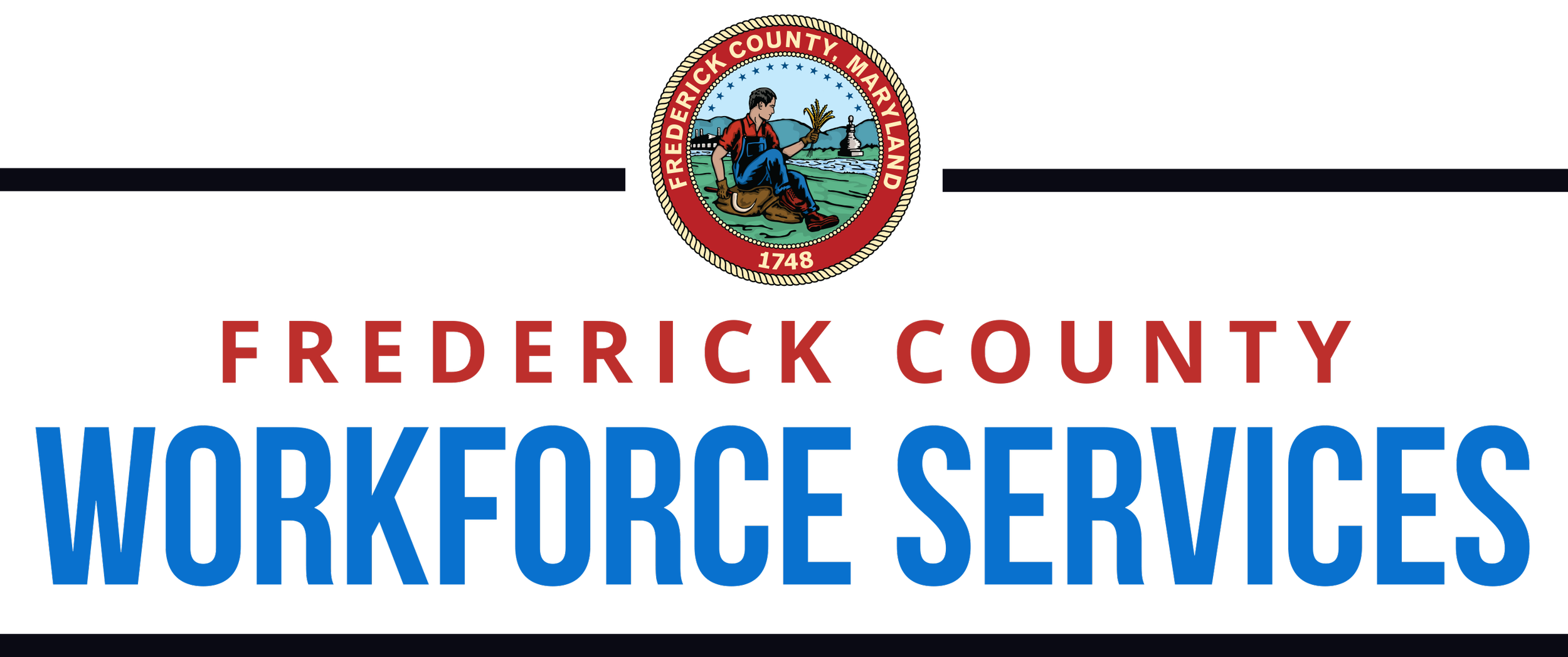Understanding Diversity, Equity, and Inclusion - and Why It Matters
In today’s environment, Diversity, Equity, and Inclusion are important topics of discussion for diverse organizations that want to ensure high levels of employee satisfaction and retention.
Do you know how you measure up through your employee’s eyes? If you do not, then you are vulnerable to many different issues and challenges that could adversely affect your organization. Let’s take a brief look at Diversity, Equity and Inclusion; then you can ask yourself: “How do we measure up?”
“In an Inclusive workplace, everyone treats everyone else with respect, employees are valued for their strengths, and leaders do what’s right. Does this speak to your workplace culture, at all times?”
Diversity asks: Who is in the room? When we think of diverse workplaces, we picture organizations that are open to employing people of different genders, ages, races, cultural backgrounds, languages and national origins. These organizations understand that workplace diversity offers certain advantages, such as:
Expanded creativity and problem solving
Improved decision-making
Typically, enhanced employee engagement and retention
Enhanced company reputation
Equity asks: Who is trying to get into the room, but can’t? Equity refers to a state where everyone, regardless of ethnic background, country of origin, age, physical ability/disability, or gender, has a level playing field within the organization.
Equality vs. Equity: What’s the difference? Equity and Equality are not synonymous, although many use these terms interchangeably. The difference between equality and equity must be emphasized. Although both promote fairness, equality achieves this through treating everyone the same regardless of need, while equity achieves this through treating people differently based on specific, recognized needs.
Inclusion asks: Have everyone’s ideas been heard? Inclusion is defined as “the achievement of a work environment in which all individuals are treated fairly and respectfully, have equal access to opportunities and resources, and can contribute fully to the organization's success.” In an Inclusive workplace, everyone treats everyone else with respect, employees are valued for their strengths, and leaders do what’s right. Does this speak to your workplace culture, at all times?
Statistics: When it comes to workplace culture, there is a large gap between what leaders think is going on and what employees say is happening on the ground.
Two-thirds of leaders (68%) feel they create empowering environments—in which employees can be themselves, raise concerns and innovate without fear of failure— but just one-third (36%) of employees agree.
Today, women are still incredibly scarce at the top, comprising only 2.8% of FORTUNE Global 500 CEOs. Also, only one in every five startups has a woman founder.
While leaders think culture is important, most of them are not prioritizing it. Just 21% identify culture as a top priority, and only 23% have set a related target or goal.
Organizations can face muddy and dangerous waters if they do not take the time to invest in learning where they stand regarding these very important concepts. If your organization’s future is important, these concepts can no longer be at the bottom of the priority list. Demographics are changing in many different areas, and your organization will either be ready or not - you get to choose!
References and Additional Information:
https://www.pinterest.com/pin/158470480623616980/
https://www.hrtechnologist.com/articles/diversity/workplace-equity-diversity-inclusion/

